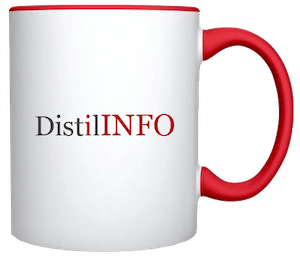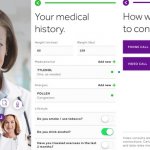Biomedical scientists have turned human stem-cells into pea-sized mini-brains with a neural structure similar to the brain of a developing embryo.
These “cerebral organoids,” as they are termed formally, are the best living model of a human brain created so far.
The scientists at the Institute of Molecular Biotechnology of the Austrian Academy of Sciences in Vienna have already used their mini-brains to investigate one neuronal disorder, microcephaly, in which the brain does not grow properly. They hope to apply the technique to more complex conditions such as autism and schizophrenia, for which no good animal models are available.
“In addition to the potential for new insights into the development of human brain disorders, mini-brains will be of great interest to the pharmaceutical and chemical industry,” said Madeline Lancaster, first author of the study published online in the journal Nature.
Want to publish your own articles on DistilINFO Publications?
Send us an email, we will get in touch with you.
Other neuroscientists welcomed the breakthrough as “remarkable,” “exciting,” “amazing” and “extremely promising.” They were struck by the way pluripotent stem cells—which can turn into any human tissue—organize themselves to grow into something as complex as an embryonic brain, given the correct lab conditions.
“What made the observations particularly exciting is that cells from a patient with a severe disorder of brain development [microcephaly] developed into an abnormal organoid with features analogous to many of those in the patient,” said Paul Matthews, professor of clinical neuroscience at Imperial College London. “The investigators then showed that these abnormal features could be ‘cured’ by replacing the defective gene.”
The scientists in Vienna grew mini-brains from both human, embryonic stem-cells and “induced pluripotent stem-cells” derived from adult tissues. They first converted the stem cells into neuro-ectoderm, the cell layer from which the nervous system develops, in a special culture medium.
Pieces of neuro-ectoderm were transferred to a gel scaffold that permitted 3-D growth, nourished in a spinning bioreactor. The organoids stopped growing after two months, when they reached about 4mm in diameter, because they lacked the blood supply required for further development.
They resemble the brain of a 9-week-old embryo with well-defined neural structures, including cerebral cortex and retina. Their neurons show electrical activity, but Jürgen Knoblich, head of the Vienna lab, said this should not be regarded as cognition or thinking.
Knoblich said it might be possible to drive more advanced neural development by giving the organoid a blood supply and sensory inputs, but it would be ethically unacceptable to create a human “brain in a dish” with cognitive activity. “If I wanted to move further in that direction, I would use mouse cells,” he said.
Martin Coath of Plymouth University’s Cognition Institute added, “Something we have grown in the lab, but on a much simpler level than a human brain, might be hooked up [in the future] to electronic eyes, ears, and hands and be taught to do something—maybe something that is as sophisticated as many simple living creatures. That doesn’t seem so far off to me.”
Date: October 23, 2018
Source: CNBC








